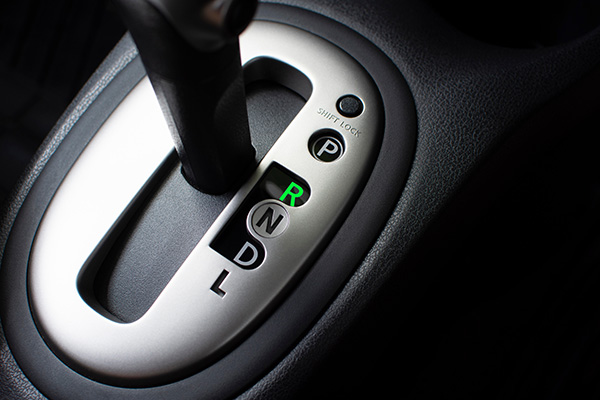
Modern vehicles are designed with safety in mind, especially when it comes to the transmission. One question that often comes up is whether it’s possible to accidentally shift into reverse while driving forward. It’s a valid concern. After all, shifting into the wrong gear at the wrong time could cause serious damage or even a dangerous loss of control.
The good news is that in nearly all automatic and most manual vehicles, built-in safety mechanisms make it extremely difficult, or nearly impossible for this to happen by accident. Still, understanding how your vehicle handles gear selection can give you confidence and help prevent potential issues.
What Happens If You Try to Shift Into Reverse While Moving Forward
In an automatic transmission, there are safeguards that prevent you from shifting into reverse at high speeds. If you try to move the gear selector into reverse while the car is in motion, the transmission control system will either ignore the request or delay the shift until the vehicle has slowed down to a safe speed.
In most cases, nothing will happen except for an alert or resistance from the gear lever. The system simply won’t allow the shift to occur, thanks to electronic sensors and software that monitor vehicle speed and gear position.
With manual transmissions, shifting into reverse while driving forward is mechanically difficult because the reverse gear has a lockout feature. You need to come to a complete stop or pass through a neutral position, and in many cars, you have to push down or lift up on the shift lever to access reverse. These extra steps help prevent accidental shifts into reverse while the car is moving.
What About Low Speeds or Rolling Backward
If you're slowly rolling backward in a parking lot and try to quickly shift into drive, or vice versa, you might hear a clunk or feel a slight jolt. While this isn’t great for your transmission, it’s unlikely to cause serious damage if it happens occasionally and at low speed.
However, repeatedly shifting between forward and reverse without stopping can cause long-term wear. It's always better to come to a complete stop before changing gears, even if you're in a hurry.
What If You Force It
In rare cases, especially with older or malfunctioning transmissions, forcing the shift into reverse while driving can damage the gearbox or drivetrain. If you override the safety systems, either intentionally or due to a faulty shifter. In that case, you might hear grinding, feel a sudden jerk, or even cause internal damage to the transmission components.
That’s why it’s important to keep your transmission in good condition and have it checked if you notice any unusual behavior when shifting.
Common Situations That Cause Gear Confusion
Most accidental shifting happens when drivers are distracted or unfamiliar with a vehicle’s controls. For example, drivers new to electronic shifters or rotary dials may mistakenly select reverse or drive while trying to park or back up. Modern vehicles with push-button shifters or joystick-style controls can also cause confusion if the interface isn’t intuitive.
Being deliberate when shifting, especially in unfamiliar vehicles, helps reduce the risk of error.
How to Protect Your Transmission
To avoid unnecessary wear on your transmission:
- Always come to a complete stop before changing between drive and reverse.
- Avoid shifting aggressively or at high speeds.
- Pay attention to any hesitation, grinding, or clunks during shifting—these could be early signs of trouble.
- Schedule regular transmission maintenance and fluid checks to keep everything operating smoothly.
Circle M Tire & Automotive – Transmission Inspection and Service in Bakersfield, CA
At Circle M Tire & Automotive, our technicians help drivers keep their transmissions running strong and trouble-free. Whether you’re hearing unusual sounds during shifting or just want to make sure your transmission is protected from unnecessary stress, we’re here to help.
Book your next service in Bakersfield today and drive with confidence, knowing your transmission is in good hands.